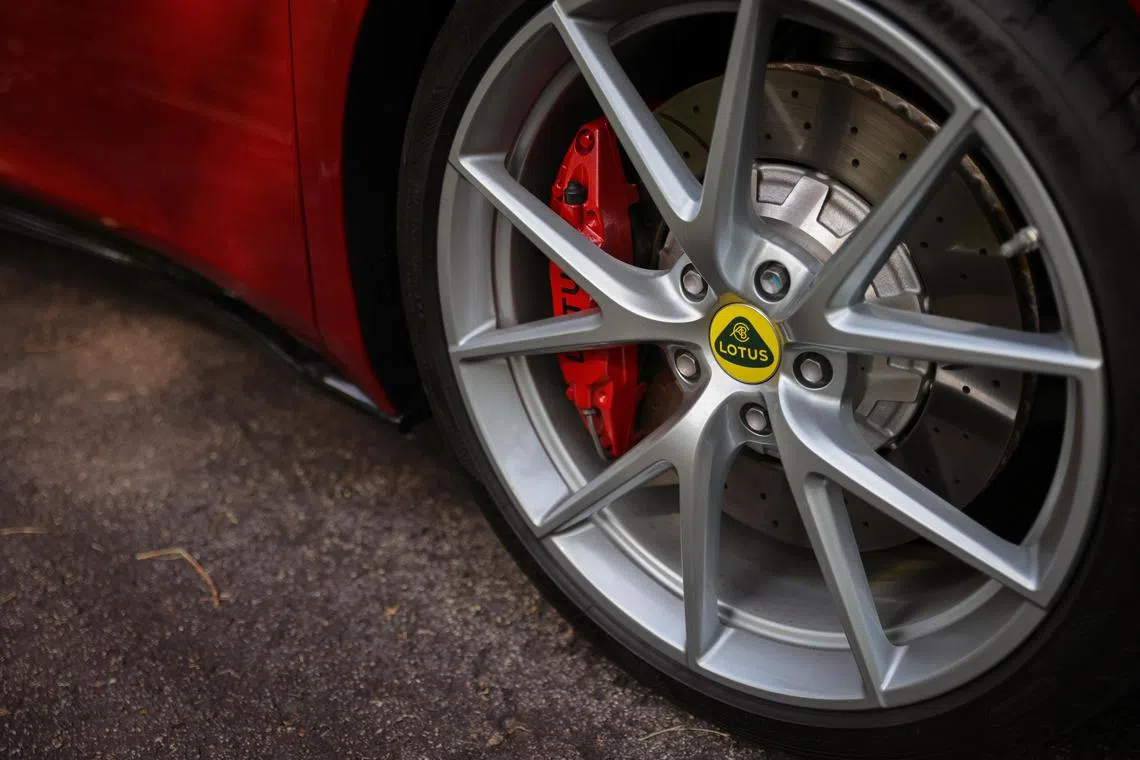Torque Shop: What is a brake system overhaul?
Sign up now: Get ST's newsletters delivered to your inbox

Besides changing the pads, a brake system overhaul will also include the discs and hoses.
ST PHOTO: ONG WEE JIN
Follow topic:
Other than changing the pads, what maintenance or service is required for the brakes?
Beyond the pads, a few other components of a car’s braking system also require routine maintenance. Inspection and possibly replacement of parts will be needed, though perhaps not at the same interval as the brake pads.
When a car is five years old or has been driven for about 60,000km, you should consider flushing and renewing the brake fluid.
As with any type of oil, hydraulic brake fluid experiences chemical degradation over time. The fluid at the calliper end is subjected to high temperatures during braking, which is why it has a boiling point of more than 200 deg C. Cyclic temperature changes hasten the process of its deterioration.
Also, as the brake reservoir is vented to atmosphere, the fluid’s hygroscopic property means it will inevitably absorb ambient moisture. Over time, this causes the boiling point to drop and metal parts in the circuit to develop corrosion.
Most of the pipes in the braking system are made of steel or aluminium. They can last decades, so replacement is not something you need to be concerned with.
However, there are flexible high-pressure hoses that connect from the metal pipes to the wheels, which are made of nylon-reinforced rubber or synthetic polymer material. These inevitably lose their integrity with age and tend to expand from the fluid pressure under braking.
You may not notice the gradually increasing sponginess of the brake pedal. Replacing them will improve not just pedal feel, but also braking response and stopping power.
Brake discs or rotors are the other major parts that experience wear. Any vibration you feel from the foot pedal when braking is usually caused by warped discs arising from normal wear and tear.
You can have the disc surface machined to its original flatness. But brake discs are not prohibitively expensive, so you would be better off replacing them with new ones that will last another five or six years.
As a final routine, any brake service job at a workshop should include a visual inspection of the callipers for any irregularities such as a torn dust seal at the piston, loose mountings, broken clips or any sign of oily dirt build-up, which would suggest a fluid leak.

